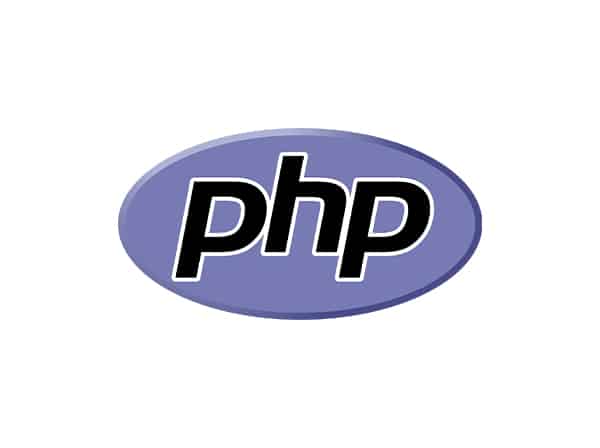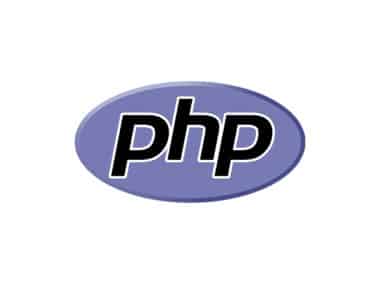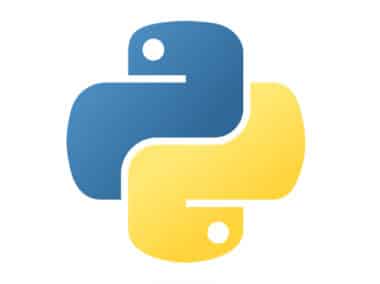In programming, functions are used to group a set of statements together to perform a specific task. In PHP programming language, functions help to make code more organized, reusable, and easier to maintain.
This document will provide a comprehensive guide on how to define and call functions in PHP, passing arguments, and returning values.
Defining a Function
To define a function in PHP, you need to use the function keyword followed by the name of the function and a set of parentheses that contains any parameters that the function will accept. The function body is enclosed within curly braces { }, and any code that you want the function to execute should be placed inside the braces.
Here is an example of how to define a function in PHP:
function greet() {
echo "Hello, world!";
}
In this example, the function greet() is defined. When this function is called, it will output the string “Hello, world!” to the screen.
Calling a Function
To call a function in PHP, you simply need to use the name of the function followed by a set of parentheses that contains any arguments that the function requires. Here is an example of how to call the greet() function that we defined earlier:
greet(); // Outputs "Hello, world!"
Passing Arguments
Functions in PHP can accept arguments passed to them. These arguments are used to provide values to the function that it can use to perform its task. Arguments are specified in the function definition inside the parentheses.
Here is an example of how to define a function that accepts a parameter:
function greet_name($name) {
echo "Hello, $name!";
}
In this example, the function greet_name() is defined with one parameter $name. When this function is called with a name value, it will output a personalized greeting message including the name.
greet_name("John"); // Outputs "Hello, John!"
Arguments can be of different types in PHP, including strings, integers, arrays, objects, and more.
Returning Values
Functions in PHP can also return values back to the calling code. This is useful when you want the function to perform a task and then return a value back to the calling code for further processing.
Here is an example of a function that returns a value:
function square($num) {
return $num * $num;
}
In this example, the function square() is defined with one parameter $num. The function takes the parameter value, squares it, and returns the result back to the calling code.
$result = square(5); // Returns 25
echo $result; // Outputs 25
Functions can return values of different types in PHP, including strings, integers, floats, arrays, objects, and more.
Default Values
In PHP, you can also define default values for function parameters. Default values are used when the function is called without passing a value for that parameter.
Here is an example of a function with a default value:
function greet_default($name = "world") {
echo "Hello, $name!";
}
In this example, the function greet_default() is defined with one parameter $name with a default value of “world”. When this function is called without passing a value for the $name parameter, it will use the default value “world”.
greet_default(); // Outputs "Hello, world!"
greet_default("John"); // Outputs "Hello, John!"
Variable Scope
In PHP, variables have a scope that determines where they can be accessed. Variables defined inside a function have a local scope, which means they can only be accessed inside that function. Variables defined outside a function have a global scope, which means they can be accessed from anywhere in the code.
Here is an example of variable scope:
$num = 10;
function add_num($x) {
global $num;
return $x + $num;
}
echo add_num(5); // Outputs 15
In this example, the variable $num is defined outside the function add_num(). To use the variable inside the function, we need to use the global keyword to make it accessible inside the function.
Conclusion
Functions are an essential part of PHP programming language. They help to make the code more organized, reusable, and easier to maintain. This comprehensive guide has covered how to define and call functions in PHP, passing arguments, returning values, default values, and variable scope.




